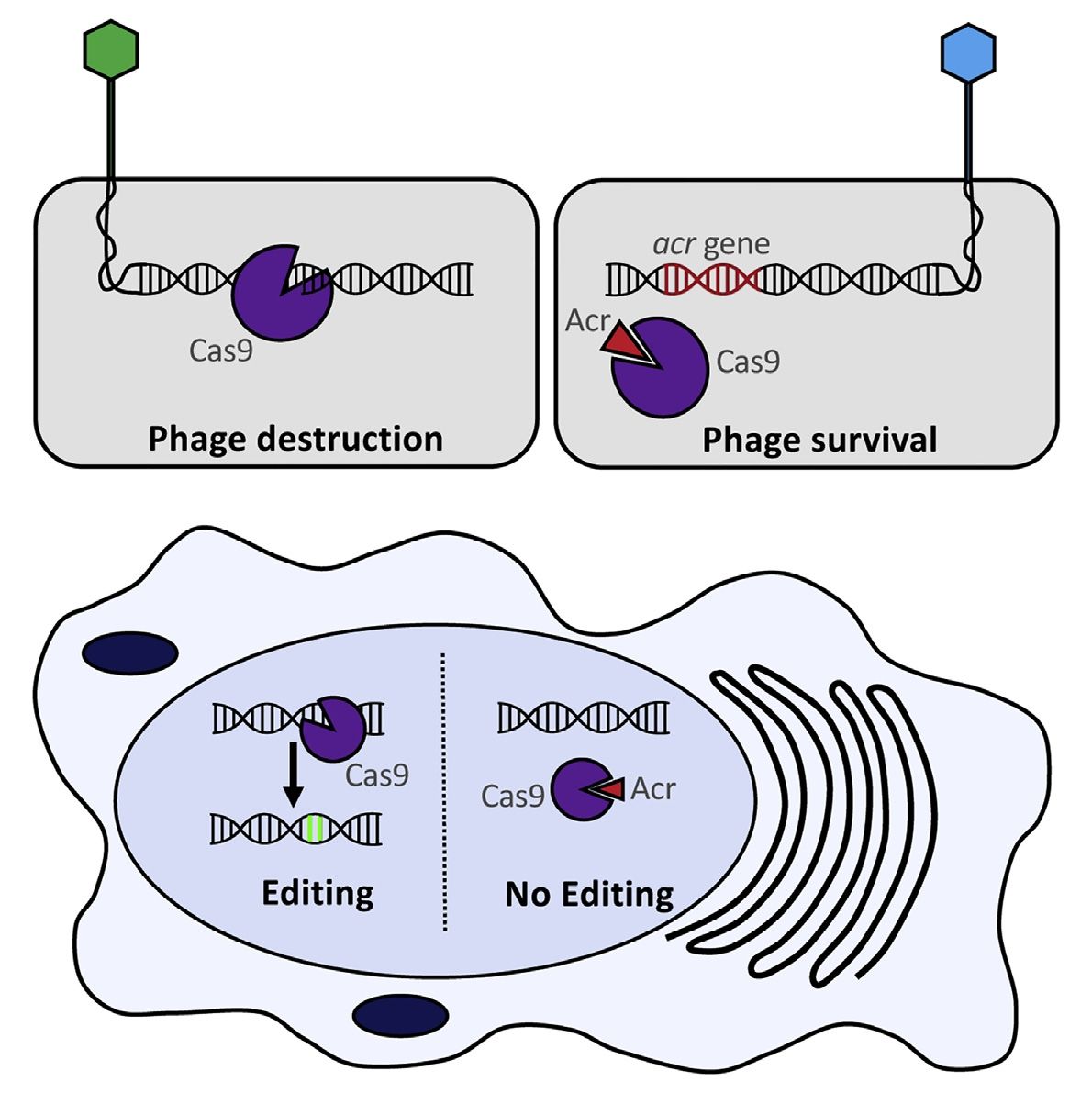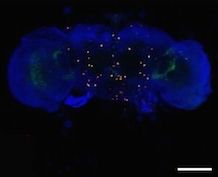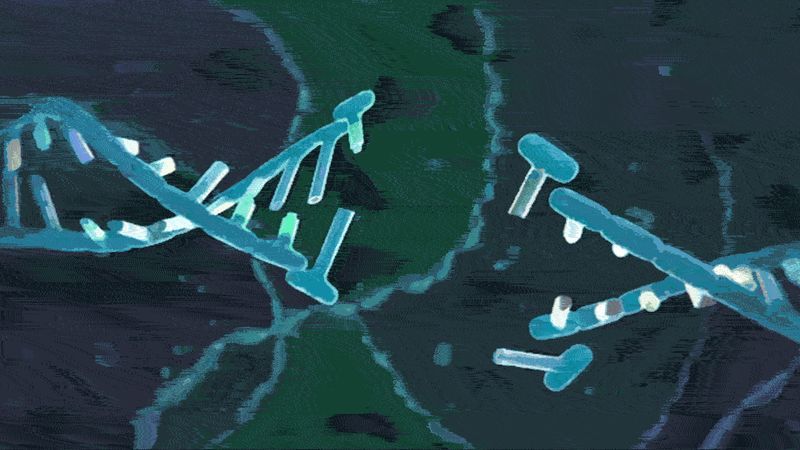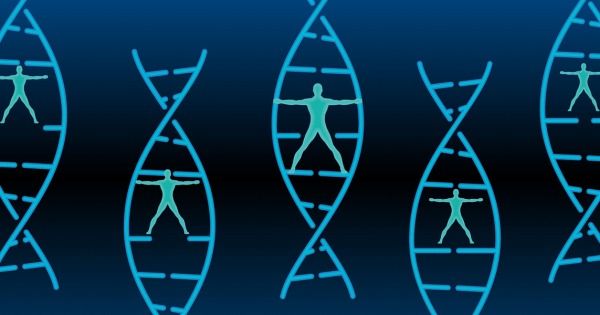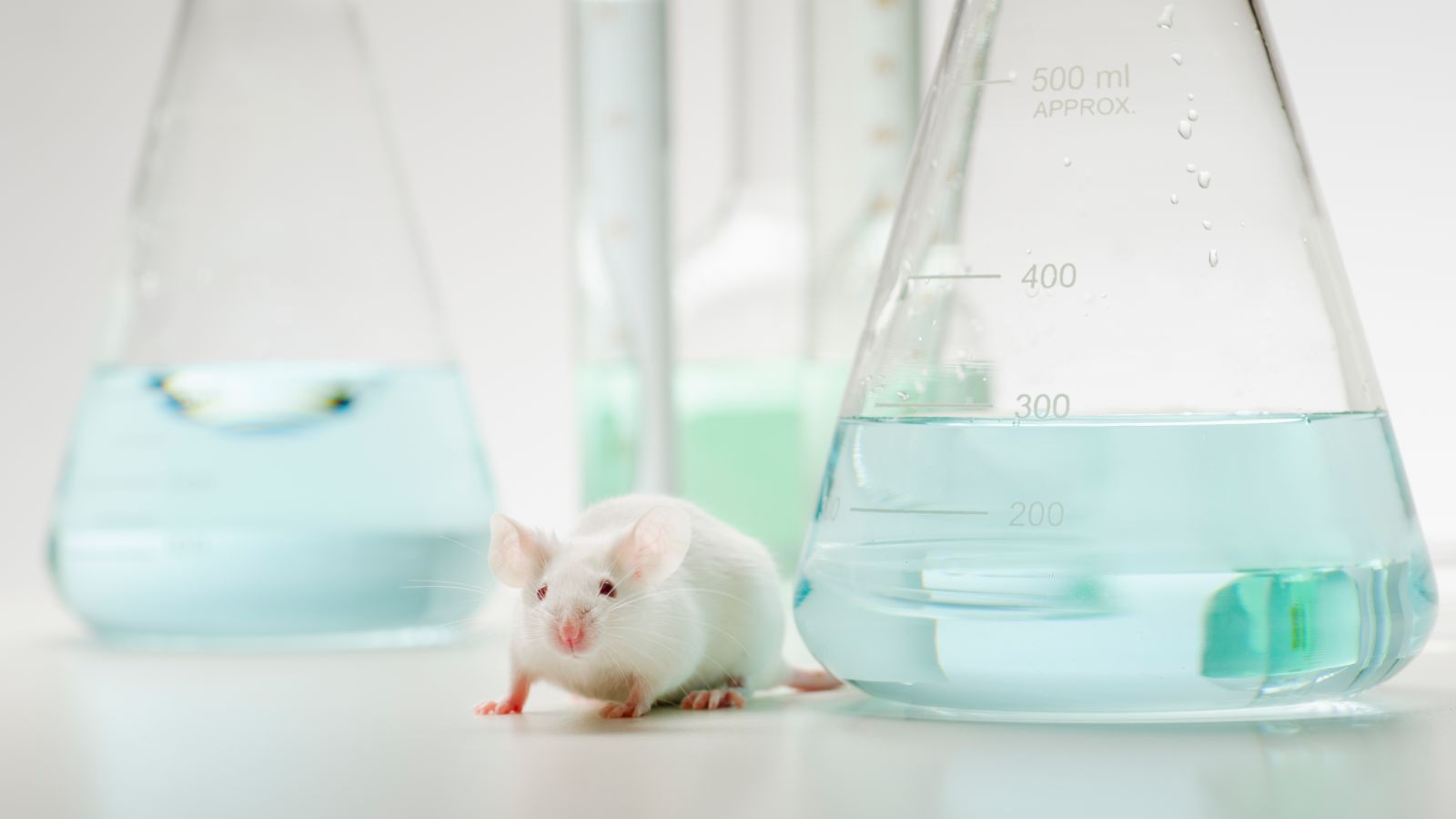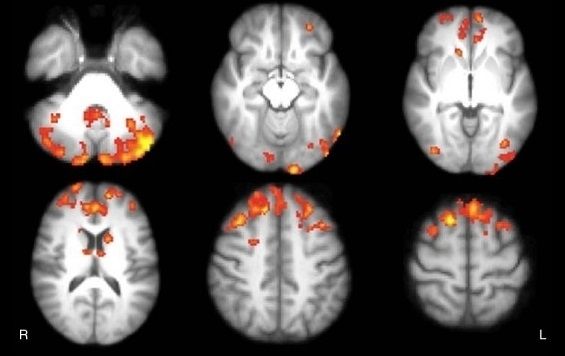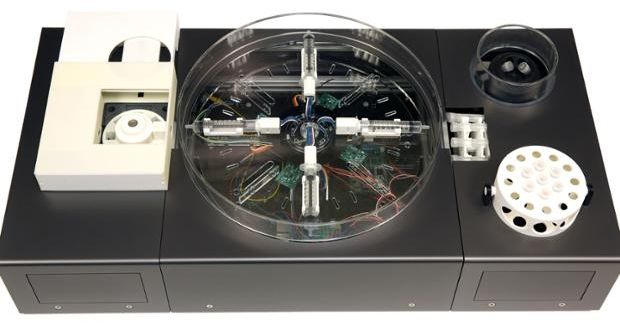Dec 9, 2016
Ginkgo Bioworks – Nanobots Are Finally Here
Posted by Shane Hinshaw in categories: bioengineering, biotech/medical, genetics, nanotechnology
We recently wrote an article about how we need to redefine what “nanotechnology” means in the context of looking for “nanotech” companies to invest it. When you can use synthetic biology and gene editing to change the way that bacteria function by genetically modifying them, the result are microscopic biological machines. These tiny biological machines sound a whole lot like the nanobots that we were promised which would go around doing cool things without even being visible to the human eye. Earlier this year we profiled three companies that we claimed were working on building nanobot factories that create designer organisms on demand. Let’s take a closer look at one of these companies called Ginkgo Bioworks.

Founded in 2008, Massachusetts based startup Ginkgo Bioworks has taken in a total of $154 million in funding so far with their latest $100 million Series C round closing in summer of this year. The Company refers to themselves as “the organism company” and their value proposition has attracted investment from a whole slew of investors who realize the potential of developing new organisms that can replace technology with biology. In their own words, Ginkgo Bioworks is doing “programming without a debugger, manufacturing without CAD, and construction without cranes” which requires a whole lot of intellectual firepower and may be why they have 5 founders:

